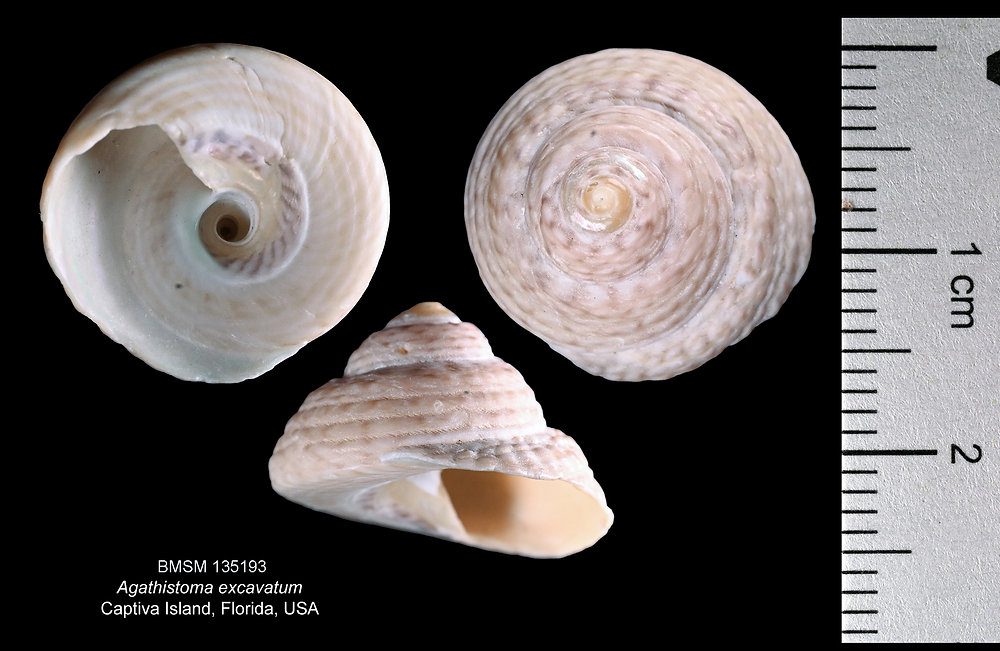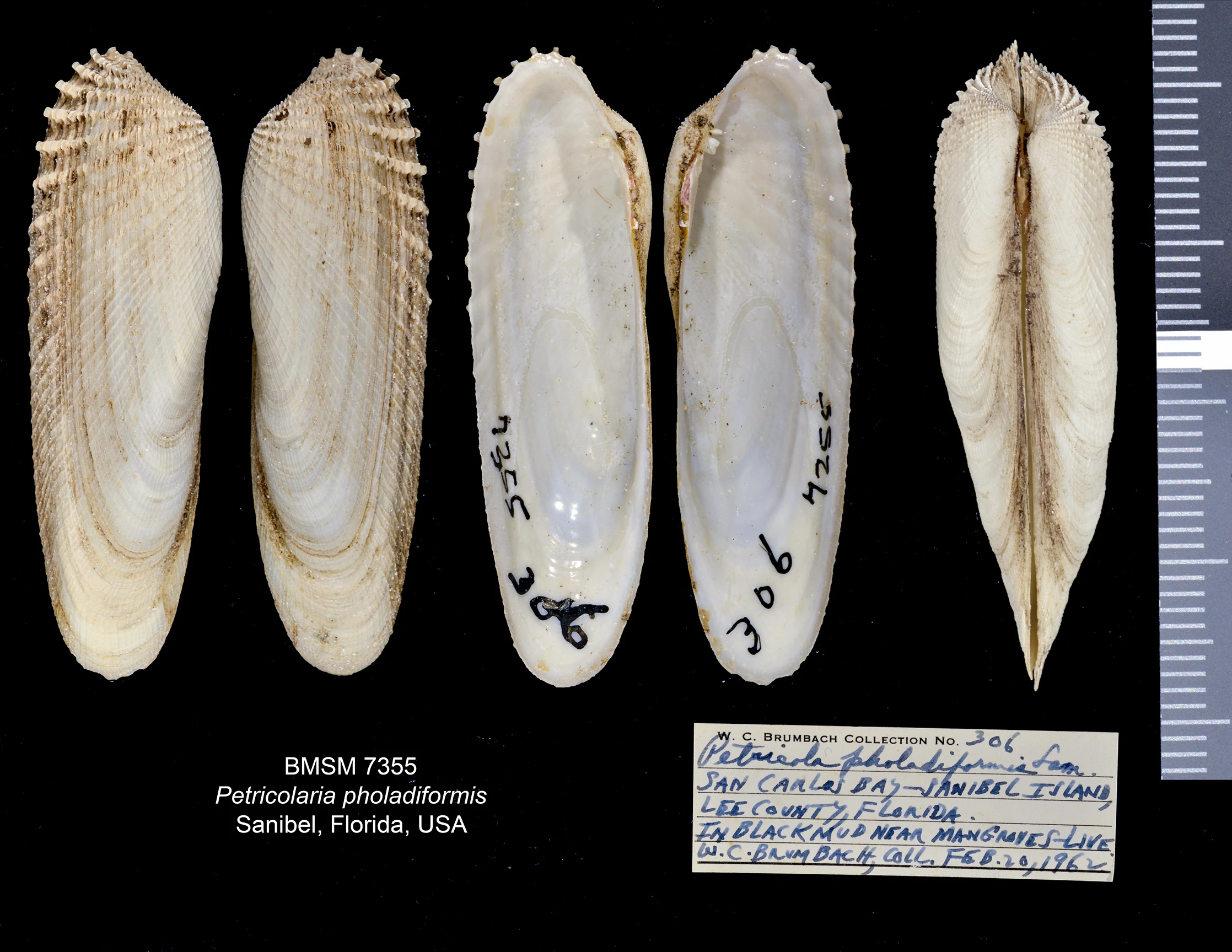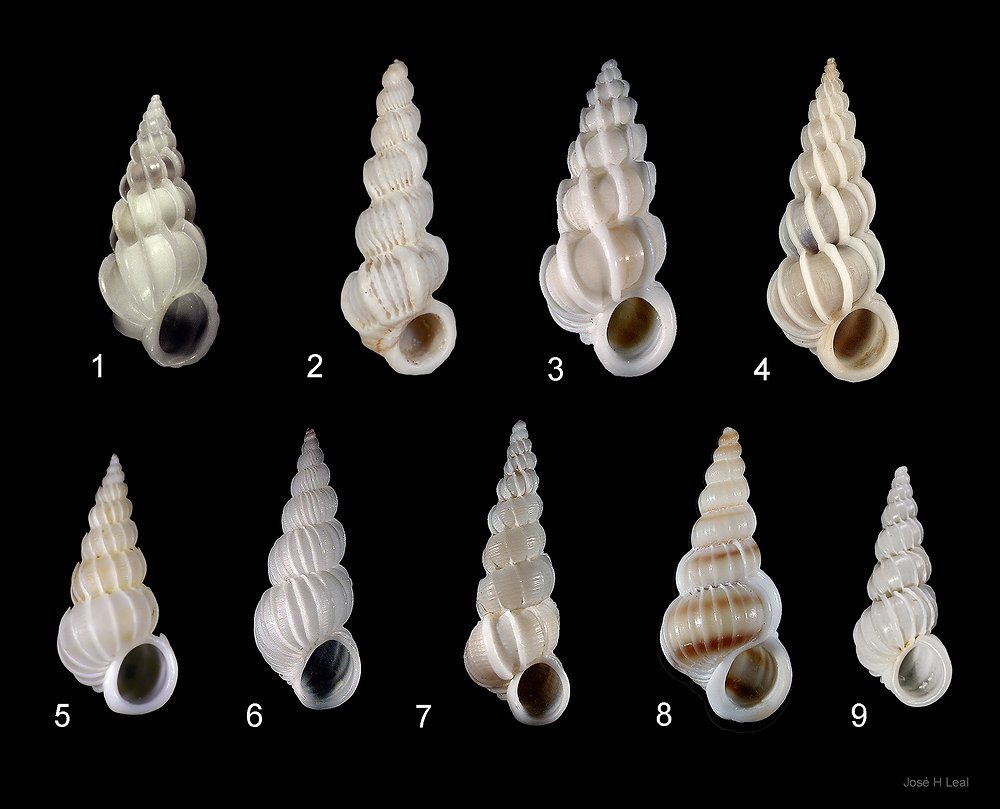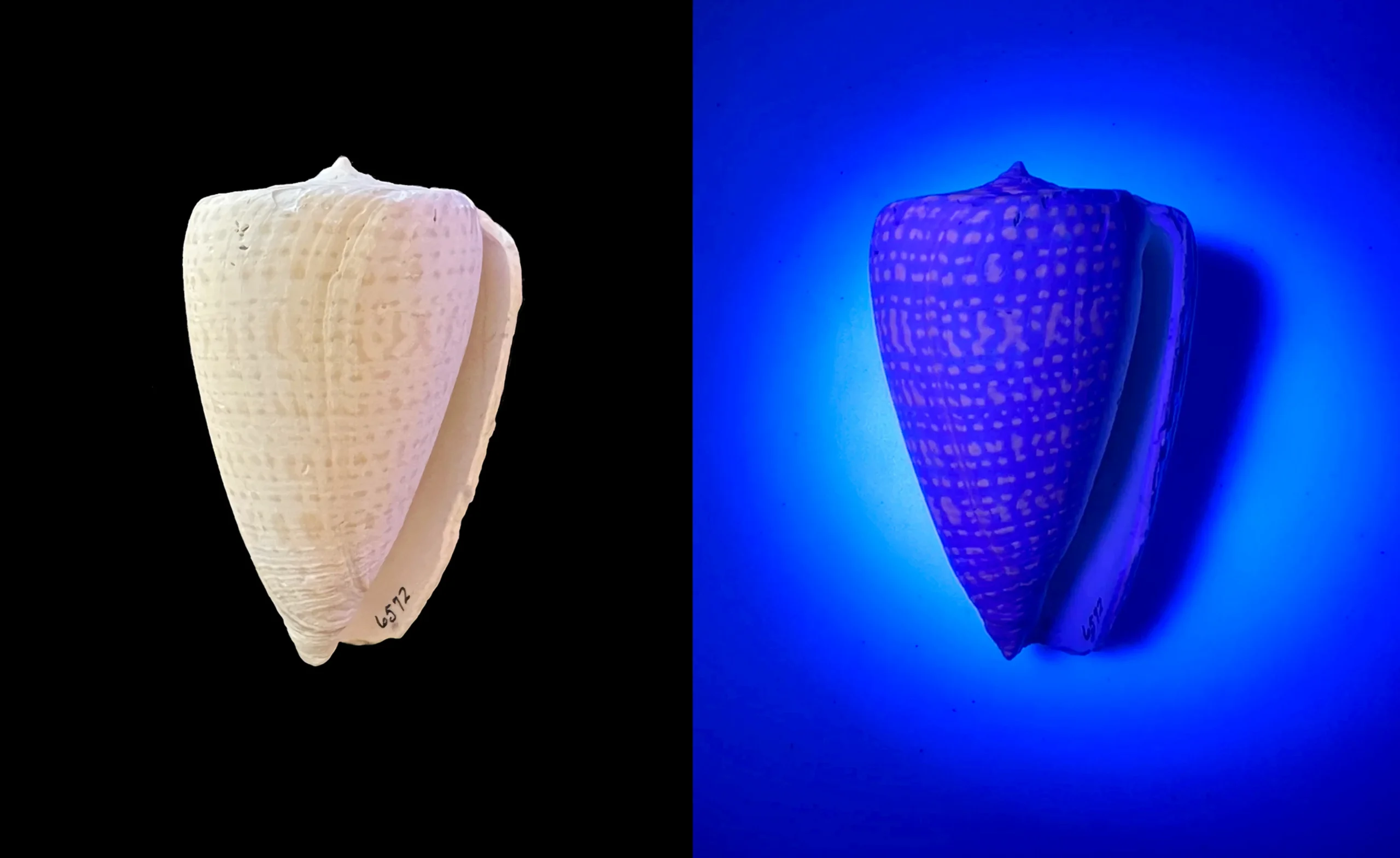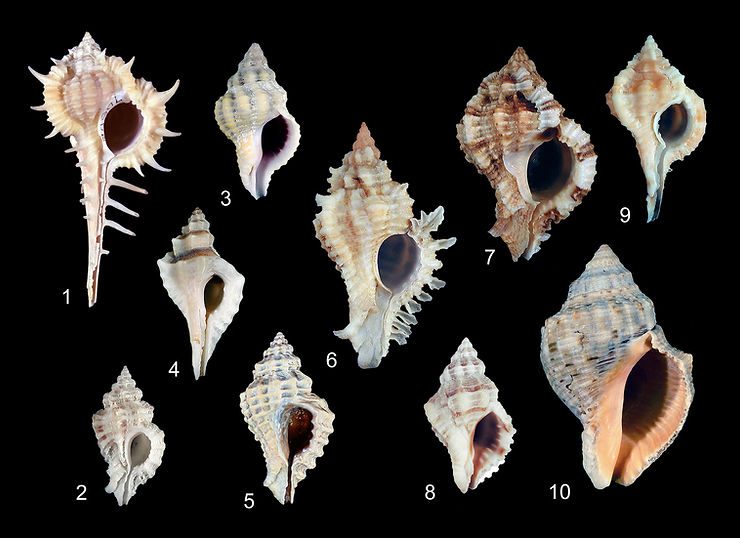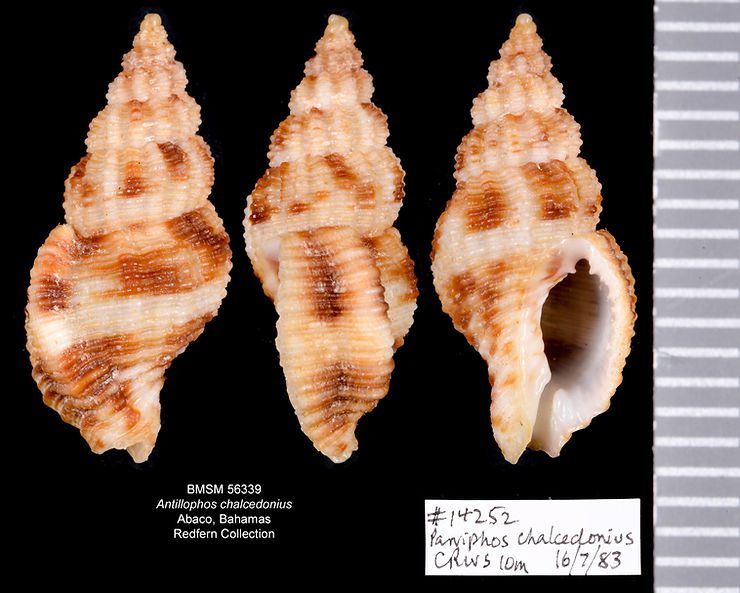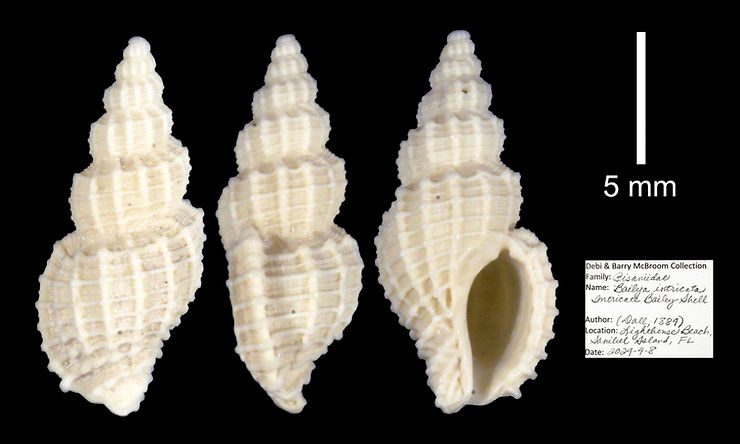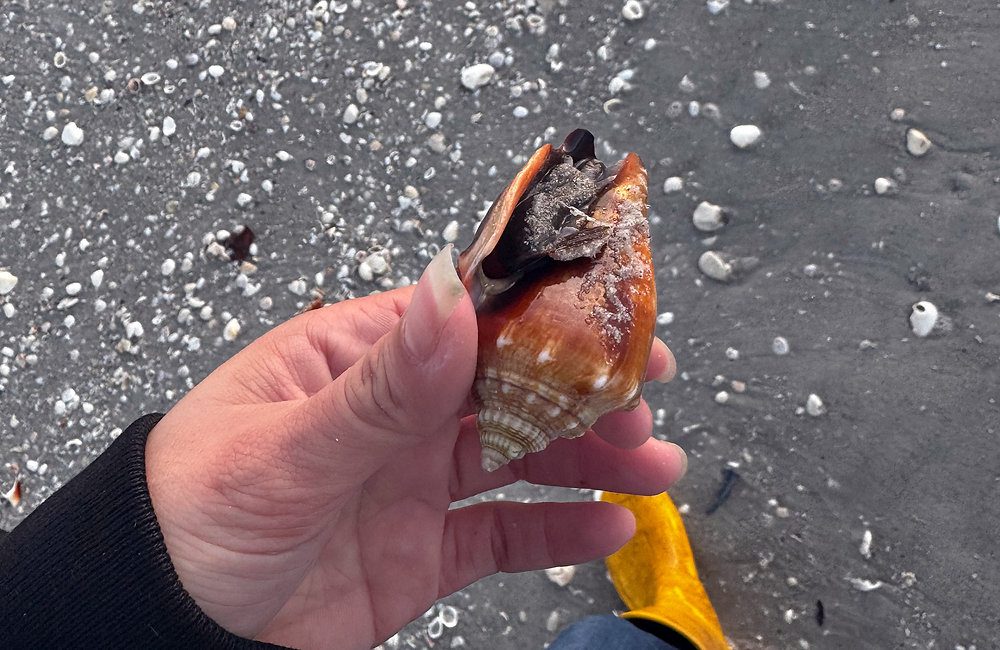
The 2025 Live Mollusk Count
The 2025 Live Mollusk Count took place on Sanibel Island last January 12, achieving very good results. The number of participants, methods, and count area were comparable to Live Mollusk Counts done in the recent past. The Live Mollusk Counts have been organized by the National Shell Museum & Aquarium (under the leadership of Associate Director of Education Jorden Falker) in collaboration with the Sanibel-Captiva Shell Club (under the leadership of Debi McBroom.) A West Indies Fighting Conch at West Gulf Drive beach access #1, on Sanibel. Photo: Maria Gonzalez.
